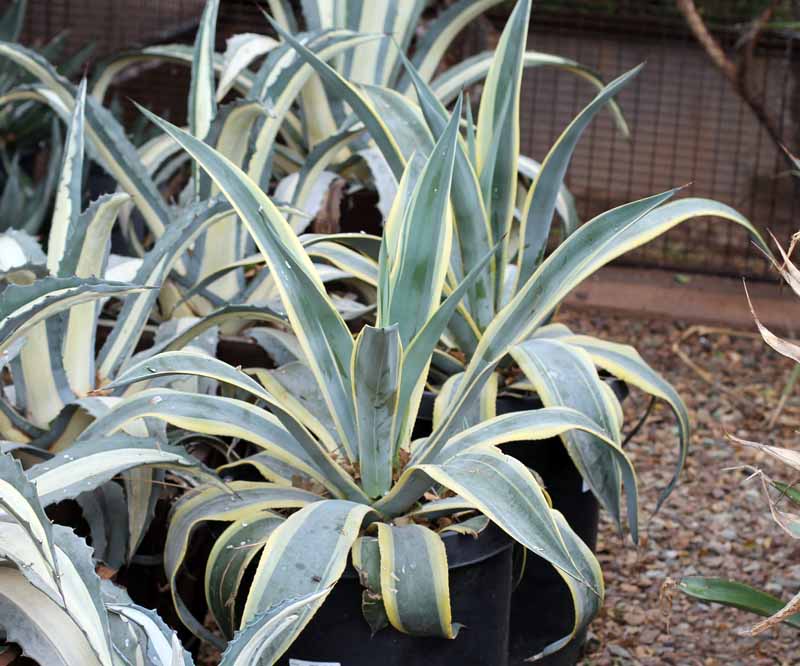Saguaro Cactus
Saguaro Cactus
saguaro, (Carnegiea gigantea), also spelled sahuaro, large cactus species (family Cactaceae), native to Mexico and to Arizona and California in the United States. The plants provide protective nesting sites for many species of desert birds, and the flowers are an important source of nectar for pollinating birds, insects, and bats.
Clay pot comes with tray same or similar design showed in product gallery. Shape may slightly vary from showed picture. Choose shady area if keeping plant outdoor and bright area for indoors, ideally by the window. Avoid over watering this plant. Water twice a week if keeping outdoor and once every two to four weeks for indoors.
- Max Height: 4-8m
- Spread: 5m
- Origin: Mexico and to Arizona and Californi
- Family: Cactaceae
- Common Name: Saguaro Cactus
- Drought Tolerance: High
- Salinity Tolerance: Low
- Sun Tolerance: Medium
- Wind Tolerance: Medium
- Water Requirement: Low
- PH Level: Basic
- Pest Tolerance: High
- Disease Tolerance: High
- Growth Rate: Slow
- Fragrance: No
Deliverable
- Healthy plant in its pot with premium soil
- All the tips and tricks for expert-level care
- Safe arrival guaranteed
Reasons to buy from us
- Guaranteed quality
- Careful handling
- On time delivery
- Support
- Telephone support
- Live chat support
- Trained staff
د.إ404.00 – د.إ1,230.00
Introduction to Saguaro Cactus
Saguaro cactus, scientifically known as Carnegiea gigantea, is an iconic species belonging to the family Cactaceae. This majestic plant is native to the arid landscapes of Mexico, Arizona, and California in the United States. Revered for its imposing stature and ecological significance, the Saguaro Cactus holds a special place in the hearts of desert dwellers and nature enthusiasts alike.
Characteristics
The Saguaro Cactus is renowned for its towering presence, with mature specimens reaching heights of 4-8 meters and spreading up to 5 meters wide. Its distinctive columnar stems, adorned with rows of sharp spines, form the classic silhouette that defines the desert landscape. These cacti boast a slow growth rate, reflecting the harsh conditions of their native habitat.
Habitat and Environmental Requirements
Origin and Distribution
Originating from Mexico and the southwestern United States, the Saguaro Cactus thrives in arid regions characterized by sandy soils and ample sunlight. Its natural range extends from the Sonoran Desert into parts of Arizona and California, where it serves as a keystone species in the ecosystem.
Sun and Water Requirements
As a desert plant, the Saguaro Cactus exhibits high tolerance to drought and intense sunlight. When grown outdoors, it flourishes in bright, sunny locations with minimal watering requirements. However, for indoor cultivation, it is essential to provide adequate sunlight by placing the plant near a sunny window. Overwatering should be avoided, as excessive moisture can lead to root rot and other detrimental conditions.
Soil and pH Levels
Thriving in well-drained, sandy soils, the Saguaro Cactus prefers a slightly basic pH level. This resilient plant can tolerate a wide range of soil conditions, including rocky terrain and nutrient-poor substrates. However, ensuring proper drainage is essential to prevent waterlogging and promote healthy root development.
Related Product: Cactus San Pedro
Care and Maintenance Tips
Watering and Feeding
For outdoor cultivation, water the Saguaro Cactus sparingly, approximately twice a week during the growing season. In contrast, indoor plants should be watered only once every two to four weeks, allowing the soil to dry out between waterings. During the dormant winter months, reduce watering frequency to prevent moisture-related issues.
Pruning and Pest Control
While Saguaro Cacti are relatively low-maintenance, occasional pruning may be necessary to remove dead or damaged branches. Additionally, monitor the plant for signs of pest infestations, such as aphids or scale insects, and treat them promptly to prevent spread and damage.
Protection from Harsh Conditions
During periods of extreme cold or frost, provide adequate protection for outdoor Saguaro Cacti by covering them with frost cloth or relocating them to a sheltered area. Similarly, shield indoor plants from drafts and temperature fluctuations to ensure their well-being.
Ecological Importance
Wildlife Habitat
The towering arms of the Saguaro Cactus provide vital nesting sites for numerous species of desert birds, including the iconic Gila woodpecker and elf owl. These cacti also attract a diverse array of pollinators, such as bees, hummingbirds, and bats, with their vibrant blooms serving as a rich source of nectar.
Ecosystem Services
Beyond its role as a wildlife habitat, the Saguaro Cactus contributes to ecosystem stability by preventing soil erosion and providing shade and shelter for smaller desert plants. Furthermore, its fruits are a valuable food source for desert-dwelling animals, ensuring their survival in harsh environments.
Conclusion
In summary, the Saguaro Cactus stands as a symbol of resilience and adaptability in the unforgiving landscapes of the desert Southwest. With proper care and maintenance, this iconic plant can thrive in both outdoor and indoor settings, enriching its surroundings with its unique beauty and ecological significance.
| Dimensions | 20 cm |
|---|---|
| Select Pot | Default Plastic Pot, Clay Pot |





